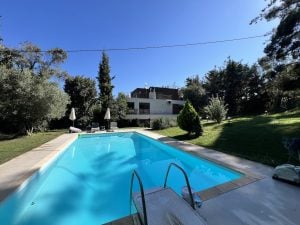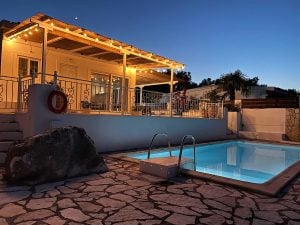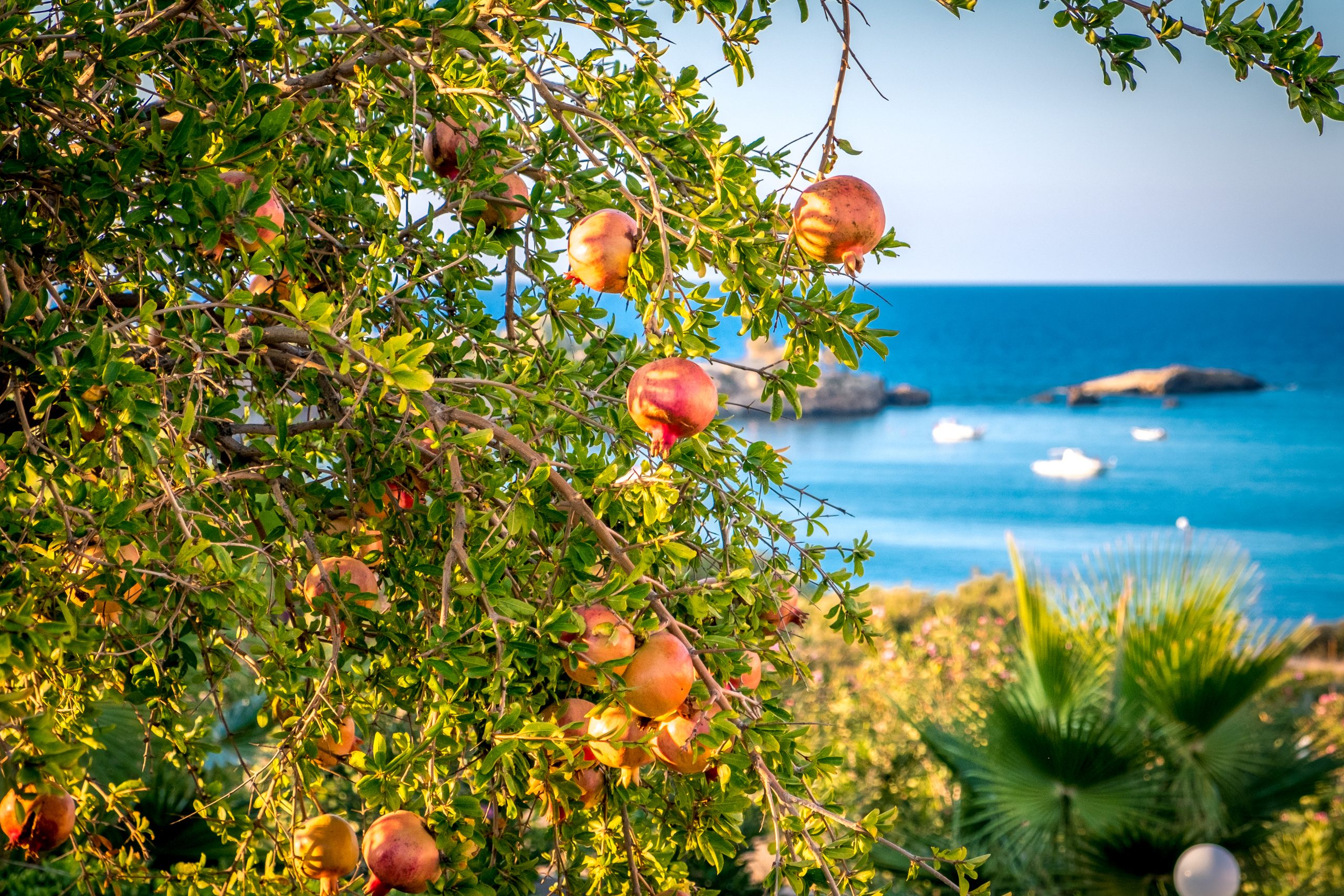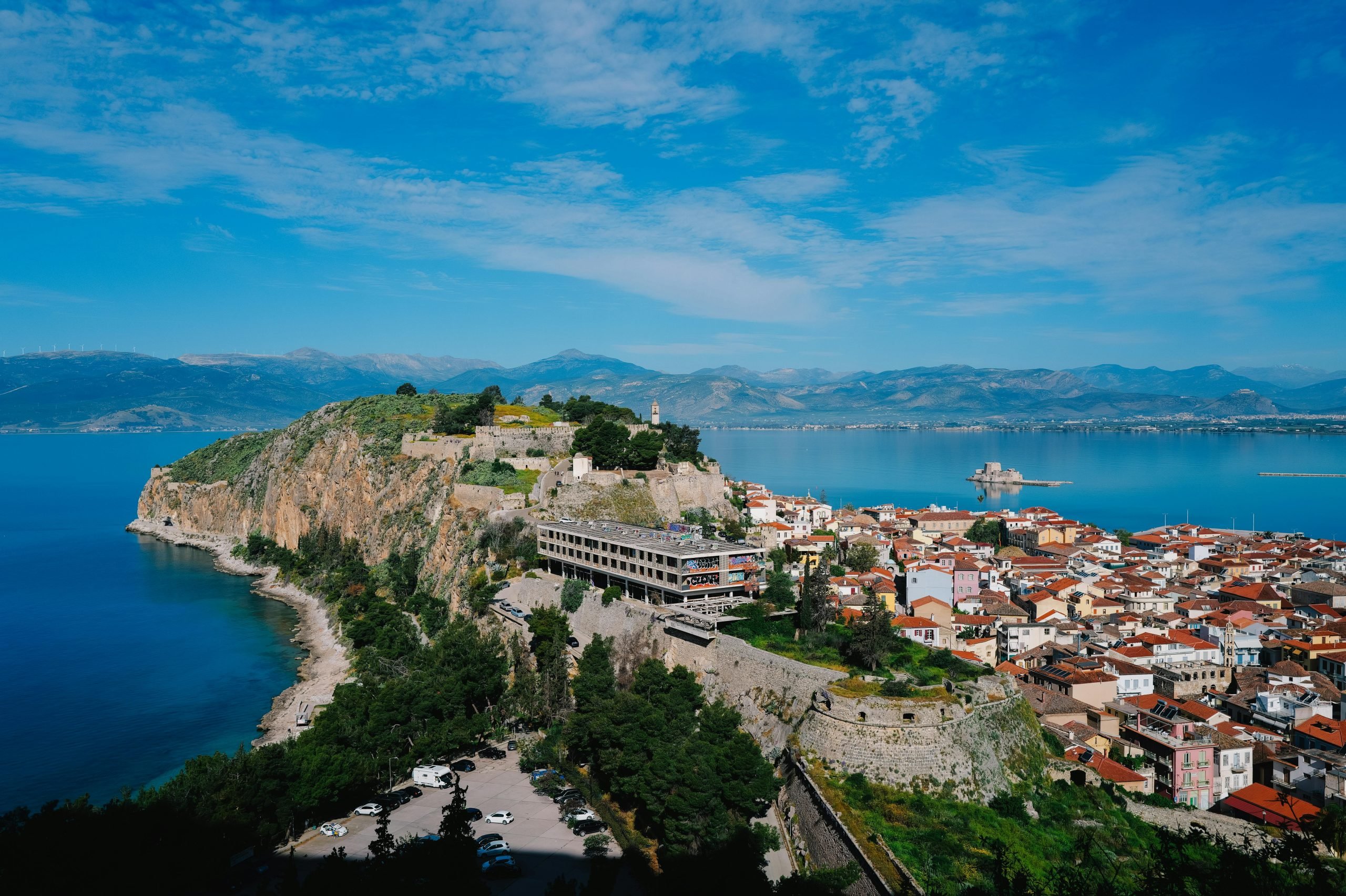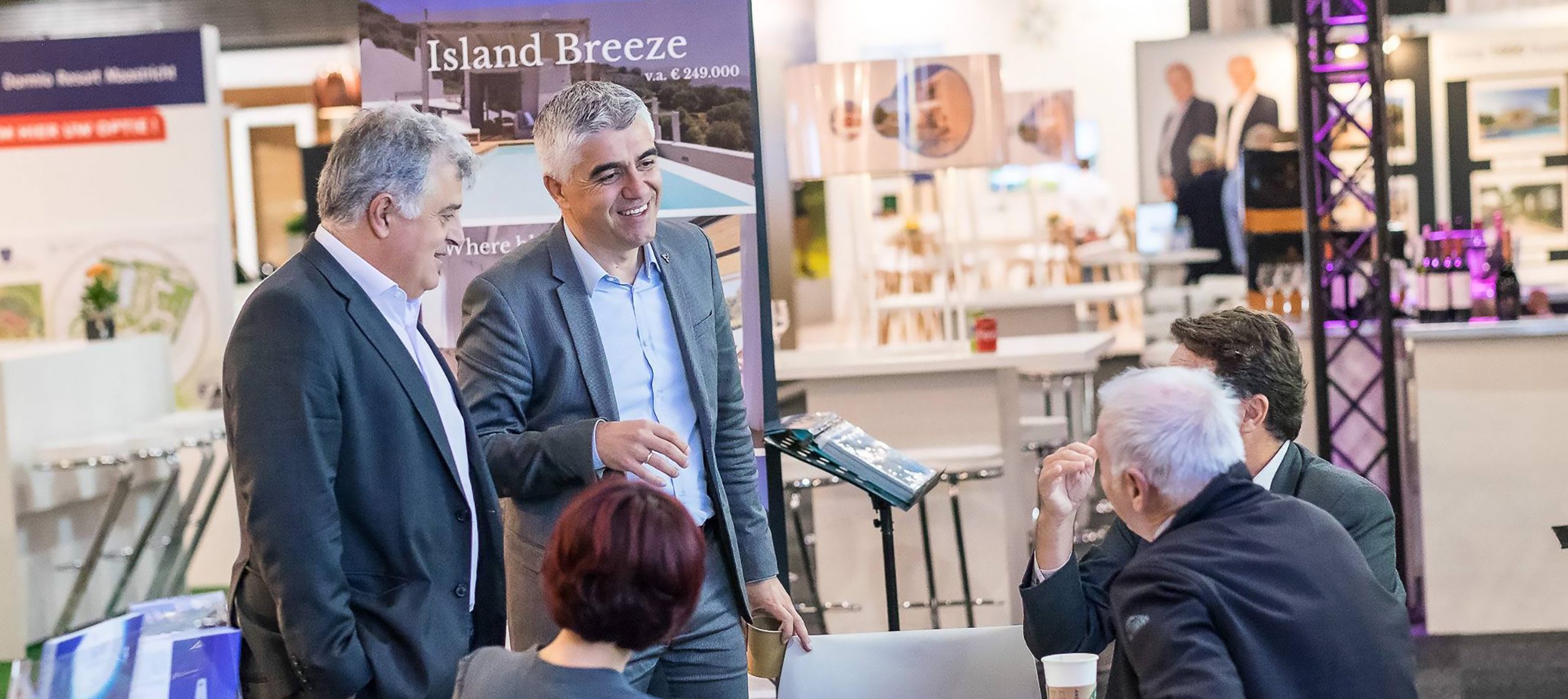In the heart of Corfu, the St. Michael and St. George Palace dazzles with its rich history and stunning design. Once the grand residence of a British lord, this neoclassical masterpiece now hosts Greece’s premier Museum of Asian Art. From its opulent origins to its vibrant role today, the Palace offers a unique journey through time and culture. Discover its secrets and explore the artistic treasures within its storied walls.

What is the Historical Significance of the Palace?
The St. Michael and St. George Palace is not just a stunning architectural marvel; it stands as a testament to the unique history of the Ionian Islands during the British rule from 1815 to 1864. Built at the request of Sir Thomas Maitland, the British Lord High Commissioner, this grand edifice served as both his luxurious residence and the administrative headquarters of the Ionian State.
As the seat of the Ionian Senate and Parliament, it symbolized the islands’ autonomy during a tumultuous period.

Who Designed the Palace and What Makes Its Architecture Unique?
The Palace, designed by Sir George Whitmore, is an exquisite example of neoclassical and Regency architectural styles. Whitmore blended elements of Roman and Ancient Greek architecture, embodying the neopalladianism that was popular in England at the time. The collaboration with local sculptor Pavlos Prosalentis added a layer of artistic depth, with intricate sculptural decorations that reflect the cultural fusion of the period.

How Did the Palace Evolve Over Time?
After the unification of the Ionian Islands with Greece in 1864, the Palace was repurposed as a royal residence, hosting the Greek royal family during their visits. Its opulent interiors, adorned with English and French furniture, tapestries, and art, showcased the wealth and importance of the building.
However, the tumult of the Balkan Wars and World War I brought about significant changes, as the Palace was adapted to meet the urgent needs of the time.
What Happened to the Palace After World War II?
In the aftermath of World War II, the Palace faced extensive damage, including roof bombings and looting. Despite this, the vision for a Museum of Asian Art began to take shape in 1919, driven by the donation of Gregorios Manos.
Following decades of repairs and restoration, including a significant renovation for the 1994 European Union Summit, the Palace has emerged as a vibrant museum, showcasing a rich collection of Asian art and history.

What Can You Experience Today at the Museum of Asian Art?
Today, the St. Michael and St. George Palace houses the Museum of Asian Art, the first of its kind in Greece. Visitors can explore a unique collection that spans centuries and cultures, all within the beautifully restored walls of this historic building. The museum not only showcases art but also tells the story of the Palace and its transformation through time.

Why Should You Visit the Palace?
Whether you are an architecture enthusiast, a history buff, or simply curious about the cultural tapestry of the Ionian Islands, the St. Michael and St. George Palace offers a captivating glimpse into the past.
Its stunning design, rich history, and vibrant museum make it a must-visit destination on your journey through Corfu. What stories will you uncover within its walls?
Source: Museum of Asian Art, Corfu. (n.d.). Museum of Asian Art official website.




